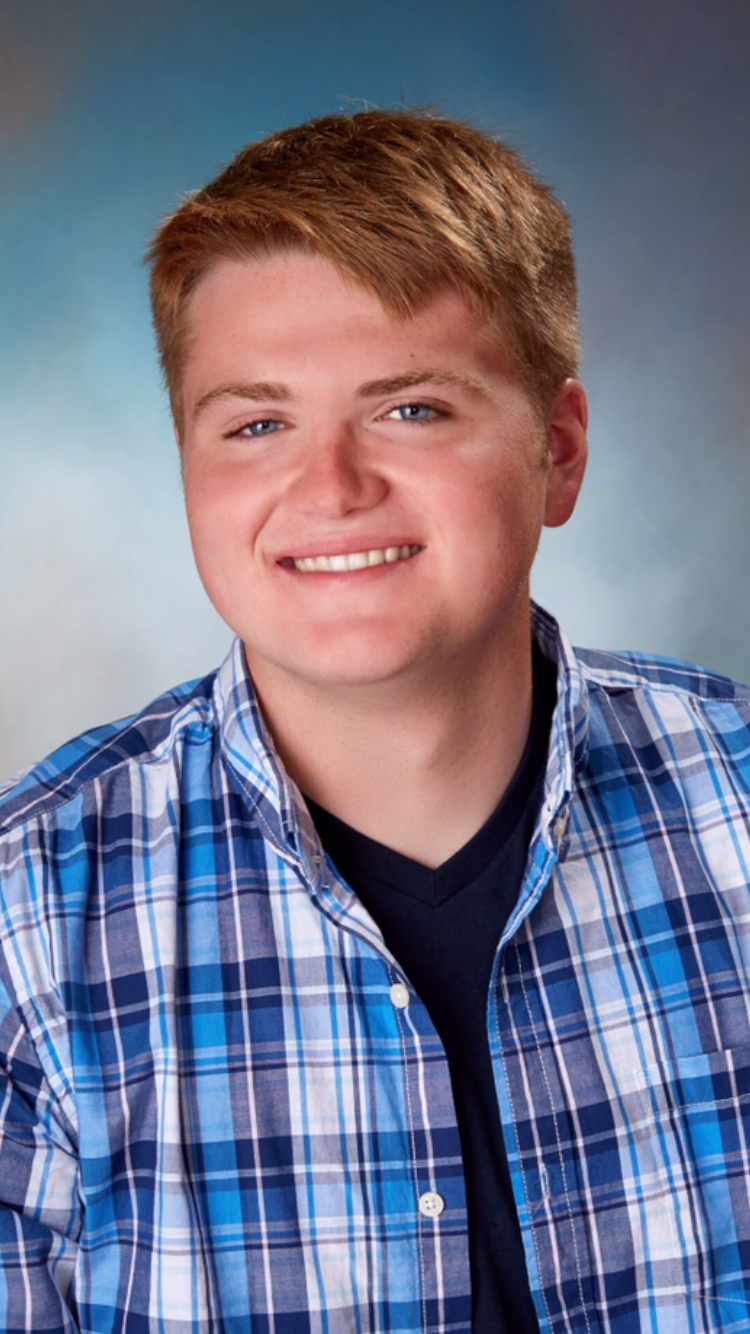Celebration of Scholars
Using carbon dioxide to examine physiological differences in behaviorally inhibited males
 Name:
Kevin Dunn
Name:
Kevin Dunn
Major: Biology
Hometown: Madison, WI
Faculty Sponsor: Paul Martino
Other Sponsors:
Type of research: SURE
Funding: SURE
 Name:
Megan Mayer
Name:
Megan Mayer
Major: Psychology, Neuroscience
Hometown: Rolling Meadows, IL
Faculty Sponsor: Paul Martino
Other Sponsors:
Type of research: SURE
Funding: SURE
Abstract
Behavioral inhibition (BI) is believed to be a genetically determined trait that affects about 33% of the population. These individuals tend to respond to stressful situations differently than non-behaviorally inhibited (non-BI) individuals. This study will measure the differences in the physiological responses to stressors between BI and non-BI males. The stimulus used in this study to induce stress is an elevated level of carbon dioxide (7%) during the acquisition phase of the experimental group. Three variables were measured to gauge the participants’ response to the stressor, including tidal volume, breathing frequency, and minute ventilation. We expected that BI participants would react differently to enhanced CO2 in comparison to the non-BI group. Results showed an overall increase in these respiratory variables for both NI and BI groups in the experimental group. Additionally, there tends to be a decrease in TV and MV over time during the control periods for the NI group while these variables remain unchanged in the BI group. When faced with a significant physiological stressor like 7% CO2, there appears to be a convergence of BI and NI groups with regards to these respiratory variables. This work could potentially help to better understand the possible responses of BI individuals when presented with a real life stressor like elevated CO2, which can accompany situations like space travel or certain military deployments.
Submit date: March 8, 2021, 12:16 p.m.
